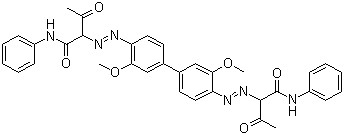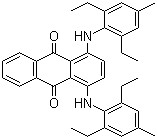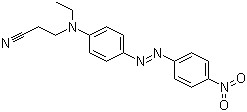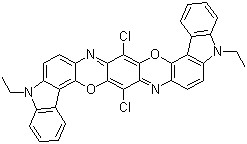Permanent orange K CAS 6505-28-8
Introduction
Pigment Orange 16, also known as PO16, is an organic pigment. The following is an introduction to the properties, uses, preparation methods and safety information of Pigment Orange 16:
Quality:
Pigment Orange 16 is a powdered solid that is red to orange in color. It has good lightfastness and weather resistance, and is not easy to fade. It has good solubility in organic solvents but is insoluble in water.
Use:
Pigment orange 16 is mainly used as a colorant for coatings, inks, plastics, rubber and other color products. Its vivid orange color gives the product a bright color and has good dyeing and hiding power.
Method:
The preparation of pigment orange 16 is usually carried out by chemical synthesis. The main raw materials are naphthol and naphthaloyl chloride. These two raw materials react under the right conditions, and after a multi-step reaction and treatment, the pigment orange 16 is finally obtained.
Safety Information:
Pigment Orange 16 is an organic pigment and has lower toxicity than general pigments. However, care should be taken to avoid inhaling particles and contact with the skin during the procedure. If ingested or inhaled, seek medical attention immediately. Appropriate protective equipment should be worn when in use to ensure safe operation.








